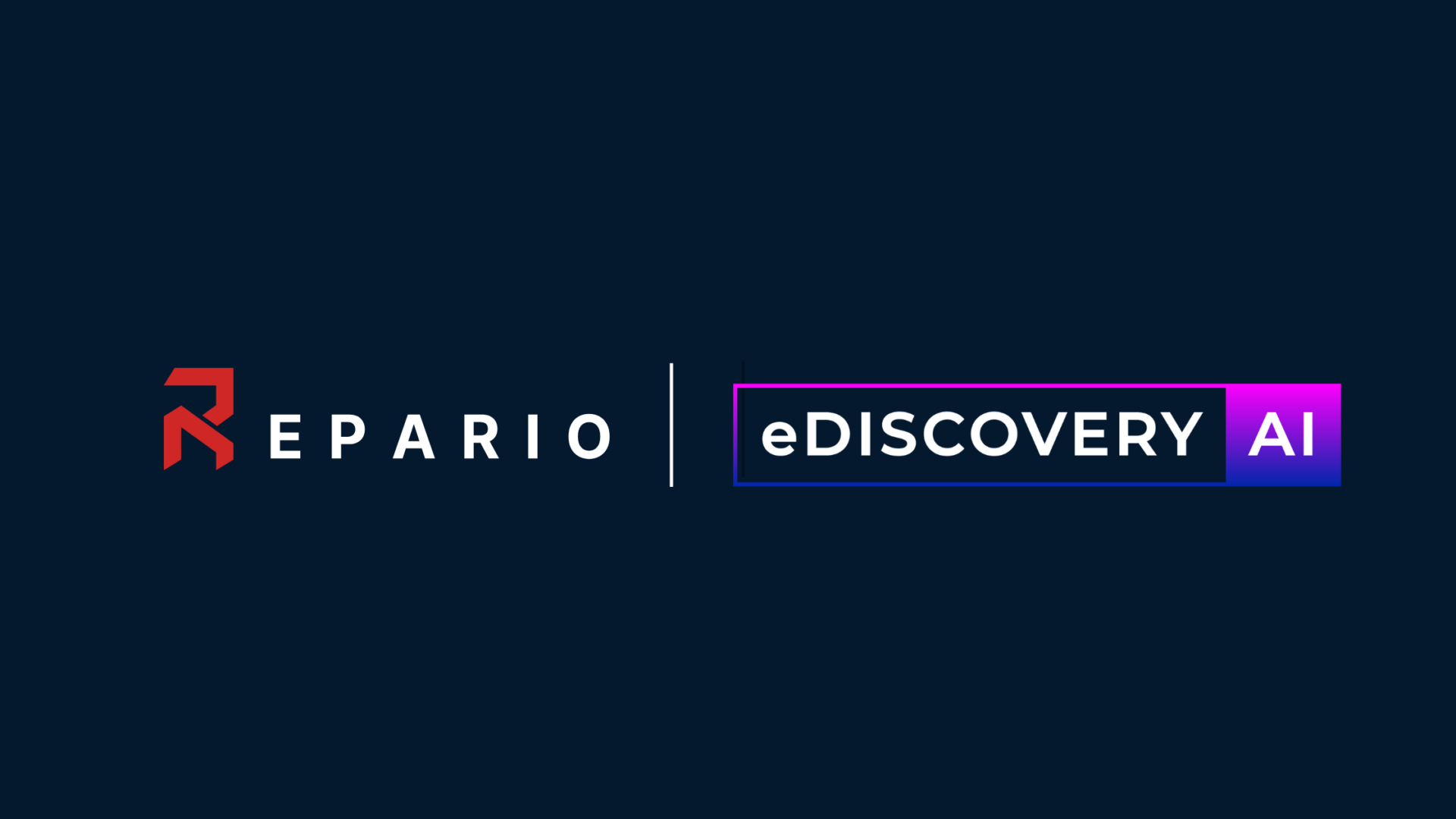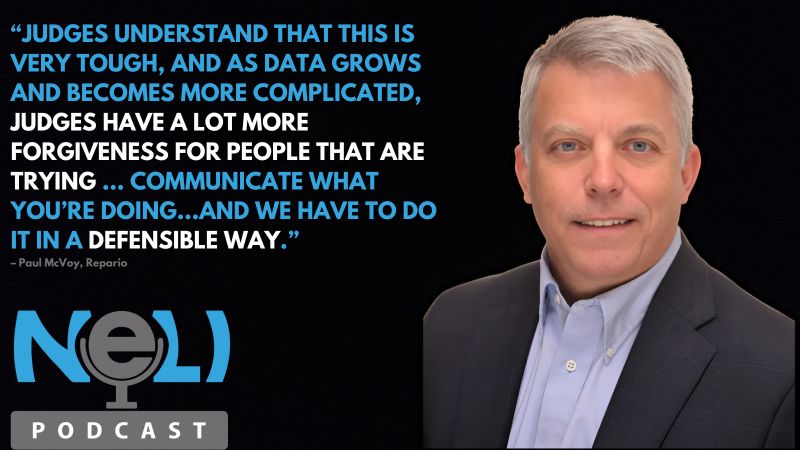Considerations For Building An Effective ESI Protocol

Having a clear and straightforward ESI protocol in place upfront reduces back and forth time between counsel and overall discovery costs. Additionally, an effective ESI Protocol lowers the chance of disputes arising during discovery and ensures cooperation between parties.
An Electronically Stored Information (ESI) Protocol is a document outlining the agreement between parties that dictates the methods in which ESI will be identified, preserved, collected, processed, reviewed, and produced.
In this post, we will cover various areas that should be included in ESI Protocols, but by no means is this a complete list for drafting an ESI Protocol. Every case is inherently different, and thus each protocol should be drafted to address the specific nuances of the matter, the custodians involved, and the data sources being targeted.
Scope
Defining the scope of the matter is an essential part of creating an effective protocol. When defining scope, clarity goes a long way. This commonly includes defining or providing a data map, defining the culling methods, and negotiating search terms.
Areas to cover include:
- Define and/or provide a data map
- List of custodians
- List of data sources and devices
- Physical servers
- Cloud servers
- Cloud applications
- Databases
- Employee devices
- Social Media
- Review data retention policy
- Review data disposition policy
- Define culling filters
- Date filter – start and end date
- Outline de-duplication, de-NIST, and culling workflow
- Negotiate / Identify Search Terms
- Outline process for identifying search terms
- Designate the technology being used to run the search terms
Data Preservation
Data preservation is another aspect that is useful within an ESI Protocol. Including language that talks to data preservation and legal hold notices clarifies what will be preserved and from when to when.
- Draft data preservation / legal hold plan
Method of Collection
Defining the method of collection can be another valuable tool to strengthen the protocol. Given that ESI is a broad term, if your matter involves multiple formats of data, it can be valuable to define the collection method for these various formats.
An example of various data sources is listed below:
- Determine Method of Collection
- Corporate Devices
- Personal Devices
- Cloud Accounts
- Text Messages
- Photos & Videos
- Social Media
E-Discovery Vendor
Determine if a third-party vendor is required, if yes – name the approved vendor within the protocol.
Production of ESI
Production is another area that should be included in your drafted protocol. This includes defining the method of production, the format of produced data (such as PDF, TIFF, Native Format), load file requirements, the required metadata to be produced, and the method of sharing discovery between parties.
This is an area of the protocol where being specific goes a long way as it removes the room for variation and promotes standardization of the data.
The below points are a starting point for consideration when drafting the production side of the protocol:
- Production of ESI Discovery
- Method of production
- Format of production
- TIFF
- Native
- Load file requirements
- types of metadata to be produced
- Discovery transmission methods
- Secure FTP
- Production on physical media (for data over a defined GB threshold)
- Passwords for accessing data
Privilege
The Privilege section of the protocol is where you can identify and highlight any protected ESI that may be subject to privacy concerns. This is where you can outline what information is considered confidential and/or personal information and build the basis of the Privilege Log.
Coordinating Attorney / Discovery Liaison
Coordinating Attorneys act as a point of contact between parties. They are there to handle and resolve disputes during discovery promptly. It is beneficial to outline the duties of this liaison when drafting the protocol.
Schedule / Timeline
This is where you can define a reasonable schedule to produce and review ESI. This helps build expectations for deadlines, keep litigation on track, and hold parties accountable to keep the matter moving in a timely manner.
Cooperation
While courts expect cooperation between parties, it is always a good idea to include a couple of sentences confirming cooperation between parties. This establishes to the court that both parties will work together in good faith efforts to reduce the time and costs of the discovery process.




